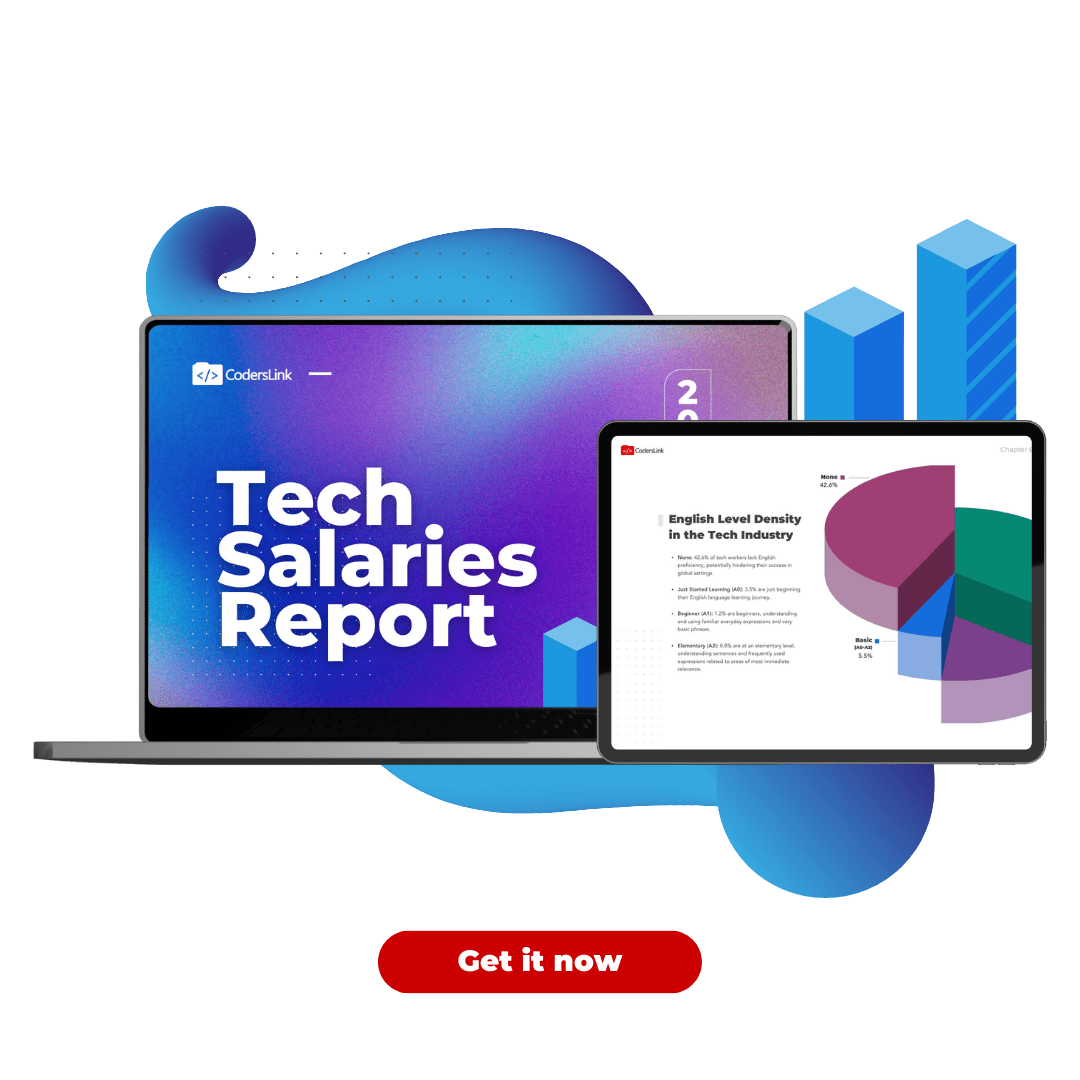
With the shifting work paradigm, companies have unique options for how they manage their growth. The BOT model provides companies with a reduced-risk approach to scaling and building remote teams.
Every company’s growth trajectory is different. Growing organizations need to find innovative ways to navigate the shifting markets and growing demands. The BOT model reduces time to maturity and maintains internal control, reducing the dependability on outside parties long term.
Implementing a nearshore tech team is one way companies tap into new talent without the drawbacks of traditional outsourcing. By using the BOT model, companies achieve fully operational nearshore teams by leveraging the expertise of a hiring partner and enhancing their capabilities in a gradual and calculated way.
Why this model? It hinges on a hiring partner’s expertise until the full transfer is made, thereby shifting some of the risk and the initial logistical challenges until the team soft lands at full operating capacity.
Let’s look at the details.
What is the BOT Model?
This strategy has gained traction over the years, as companies seek new outsourcing alternatives to improve productivity and keep costs low.
Building nearshore tech teams is a well-regarded strategy to bolster IT department productivity, but it is often seen as a strategy only for big companies. It is not. Smaller companies can also use the BOT model as a way to scale. It can be effective for development teams of 10 or more employees.
The logistical implications of building a team outside of the U.S., however, often scare company managers away from digging further into this option.
Minimize Risk When Setting Up Shop in Another Country
Working in another country comes with inherent risks. This is where the hiring partner comes in: its knowledge and understanding of local conditions are essential insights for building a team.
Every country has different socio-economic conditions and political climates, all of which affect opening up an office. A hiring partner has valuable insights that inform decision-making every step of the way.
How does the BOT model work?
The BOT model has three distinct phases. We’ve discussed them in detail in previous posts, but here is a short overview. Each phase lays a foundation for the next one, establishing a solid building block that meets certain criteria and indicators.
The Building Phase
The building phase seeks to clearly establish the objectives and the scope of the partnership. Both the hiring partner and the hiring company establish solid communication. Here, the hiring partner builds the first layer of the team and assesses the technical requirements and business goals. In this phase, the office space and team are initiated, which includes sourcing the talent and securing a workspace.
The Operating Phase
In this phase, the team reaches operating capacity and sets up its management structure and procedures. The operating phase tends to involve some degree of trial and error and therefore can take the longest or be the most taxing.
The Transferring Phase
The transferring phase is all about handing over the tech team’s operations and integrating them into the company’s internal functions. The IT partner agency becomes mostly supportive at this stage. They are there on a case-by-case basis if the company requires additional hires or specialized candidates.
Why do Companies Choose the BOT Model?
Companies choose the BOT model because they seek to establish nearshore teams, need to scale quickly, or need flexibility as growth in the company accelerates. This model does a lot more than reduce the time it takes to become fully operational (although it certainly does that). It sets the stage for a company to have control, the tools, the resources, and the talent pool access for future needs and adjustments.
Ultimately, the BOT model helps companies grow their internal operations by using a hiring partner’s expertise. The BOT model provides:
- An established process that stabilizes growth and scaling
- Insights from the local IT partner or hiring partner that include understanding of how businesses operate, existing and changing laws, government agencies and regulations, etc.
- A solution to scaling without the risks of doing it all in house
- Access to a vetted talent pool as needs change
- The support of a hiring partner or agency that understands the landscape, government regulations, local conditions, and the overall process
- An entity that serves as the employer of record until needed
- Full support toward a fully operational nearshore team
- Sets your company up for scaling at each stage of the process
According to Deloitte, the BOT model provides companies a solution where they can retain control and reap the advantages of outsourcing. As they put it, the BOT model offers all the benefits of outsourcing to Latin America but eliminates the common challenges, costs, and headaches that arise when companies venture out on their own. Nearshore outsourcing to Latin America has increased in recent years, as the region has become a hot spot for talent and growth.
How Does the BOT Benefit Your Company and Its Internal Capabilities ?
Scaling a company or establishing a new team involves several moving parts. During the operational phase, the hiring partner and the company work together to achieve stability and structure the company’s operating procedures and processes. The hiring partner will employ their expertise and help set in place a flexible operation that reacts and responds nimbly when there are market changes or shifts.
Establishing an agile workforce provides long-lasting value to a company by enabling consistent improvement. At the same time, it sets up a flexible structure and workforce that allow an insights-driven independent operation.
In other words, the BOT model promotes an operating structure that is nimble and has the capacity to adequately react and respond to changing market conditions or demands.
How Does BOT Ensure the Right Tech Team?
When employing the BOT model, the hiring partner provides the company with access to qualified candidates. CodersLink has over 20,000+ vetted developers. We then use our pre-vetted developers to build the initial team.
When helping companies build their nearshore team, we implement some of our expertise and insights regarding the hiring and management of remote teams.
Check out our guide to remote team management!
Hiring the right team is always half the battle. A good hiring partner eliminates that uncertainty and sets up a stellar team from the get-go.
Consider the BOT Model to Build Your Nearshore Teams
Traditional outsourcing has long been a strategy for cost reduction. In today’s fast-paced and highly competitive environment, reducing costs is not the only consideration. Companies want to remain competitive, build a robust infrastructure that allows them to adapt and respond to market forces, and access elite talent for their company.
It’s why nearshore teams have been employed by large companies like Google, as well as growing startups and mid-size companies. Mexico’s proximity allows companies the luxury of shared time zones and cultural similarities, which makes team integration easier while outsourcing to a place known for its world class tech talent.
Want to learn more about how much build-operate-transfer might cost? Or how CodersLink has helped other companies establish their nearshore teams?


